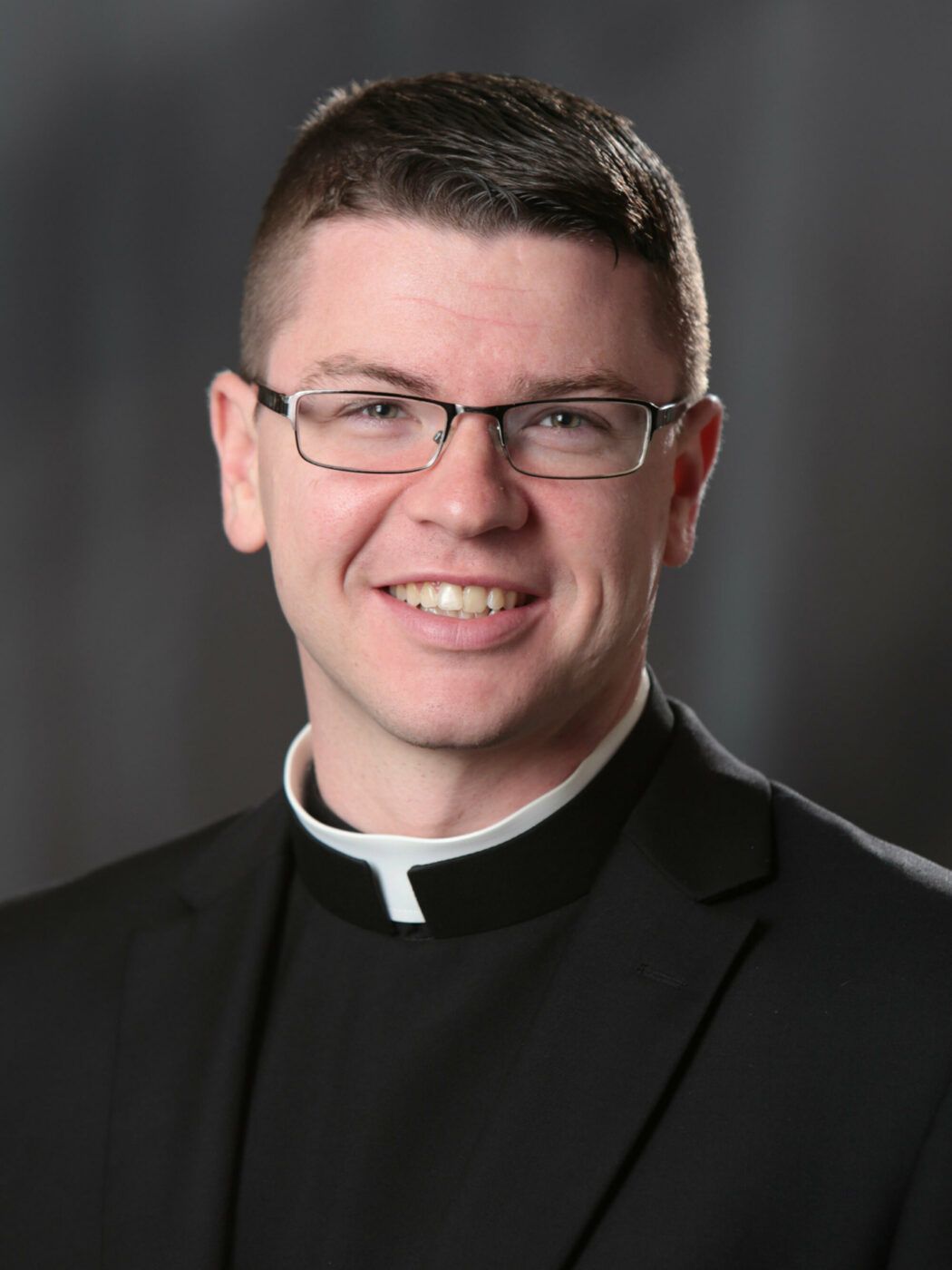On a trip to the Holy land, you can visit all kinds of places. You can visit the Church of the Nativity, the site of Christ’s birth in Bethlehem. You can pray in the Garden of Gethsemane in Jerusalem and attend Mass on Mount Calvary in the Church of the Holy Sepulchre. You can pray at the site of the Lord’s Ascension or kneel in Nazareth at the place of the Annunciation. All in all, pilgrims can pray at the sites of all the mysteries of the rosary—save the Coronation.
One place that you may not visit, however, is the town of Emmaus. Search as you might, but the location of the village in the Gospel today has been lost to history. No one knows the site of that first Emmaus walk. While some things remain hidden in God’s providence, the reason for this dispensation of God’s goodness seems pretty clear. Here in Emmaus is where we pick up. Every place where hearts speak of Christ, every place where the Word of God is opened and authentically interpreted, every place where the Mass is offered becomes Emmaus.
The road to Emmaus is every place where the Lord prepares us to receive Him—every place where we let Him explain the truth of how to live and how to love. Most of all, in the breaking of the bread, that is, at holy Mass, we meet the Lord.

Today and every day, the road to Emmaus leads to the altar. From Route 95—or what, for reasons known only to God, we in Boston call 128—from Commonwealth Avenue to Lake Street in Brighton, to the roads of Providence and Portland, Dalat and the Dominican Republic, and everywhere in between, we journey the road to Emmaus when we are amazed at the mystery of the Eucharist. Considered in one way, you might say, the goal of the Christian life is to increase our amazement at what God does at every Mass.
We learn in the Gospel today that the disciples “had hoped,” they “had believed” the Lord would redeem Israel (Luke 24:21). They, like so many today, were confused and discouraged. They considered the Lord a man from the past unable to touch their lives today. On this third Easter Sunday, we rejoice to proclaim with St. Peter in the Acts of the Apostles: He is risen and alive (Acts 2:24). Christ is not a man from the past. Catholic priests are not museum curators. The Church is not the custodian of a bygone age. Jesus is risen and alive in His Church—most especially in the Eucharist.
We learn today that the disciples recognized Him in “the breaking of the bread” (Luke 24:35). That is to say, in the Eucharist they came to meet the Lord. In the holy Eucharist, they came to know the truth about God and His plan of love. In the Christian age, we come to know our supernatural call through the breaking of the bread. Let us count the ways:
In the Eucharist a priest comes to realize again and again His very identity. Every single day of his priestly life, in the breaking of the bread the priest comes to realize anew His identity as alter Christus—head, shepherd, and bridegroom of the Church.
Consecrated religious find in Jesus in the Eucharist the only one who satisfies the human heart. In the breaking of the bread, young women come to see that intimacy with Christ in the Eucharist draws them to a life of consecrated service.
Married couples who live the full truth about marriage find in the Eucharist the exemplar of self-giving love. In the breaking of the bread, husbands and wives come to recognize the Lord who seals their marital bond, strengthens them in trial, and assures them that living patiently the monumental mission of Catholic family life prepares for the wedding banquet that will never end.
Christians come to know in the breaking of the bread a supernatural charity that extends to every good work for which the Church is so well-known. Put simply, only at the Mass, only at the breaking of the bread, do we meet the Lord and become able to build up the Church.
+++
Seventy-nine years ago, yesterday, marked the anniversary of the death of William Henry Cardinal O’Connell, the second Archbishop of Boston and New England’s first resident Cardinal. His body was laid in state at the Cathedral of the Holy Cross in Boston’s south end where a quarter million persons paid their respects. Five days later the apostolic delegate, the personal representative of Pope Pius XII, presided at his funeral. Some ten thousand Bostonians lined the streets as his casket returned here to Lake Street in Brighton.
Much has changed since O’Connell’s Boston, and people can debate in good faith the extent to which the causes of the ecclesial challenges we face today were latent even in mid-century Massachusetts. Still, the solution to the problems the Church in Boston has faced from the time of Cheverus to O’Connell to today remains the very same: walk to the road to Emmaus. That is, love Jesus in the Eucharist more. Adore Jesus in the Eucharist more. Adoro te devote, latens deitas: I adore you devoutly, hidden Deity. In a word, only a Church that loves the Eucharist, only a Church that walks the road to Emmaus, will flourish.
As we know from our Holy Land geography, to walk the road to Emmaus, you don’t need to go to Jerusalem. In fact, you won’t find it there. You walk the road to Emmaus every time you come to Mass. Because Emmaus—conversing with the Lord, hearts burning within, and catching a glimpse of Him in the breaking of the bread—happens only here at Holy Mass—even right now.


